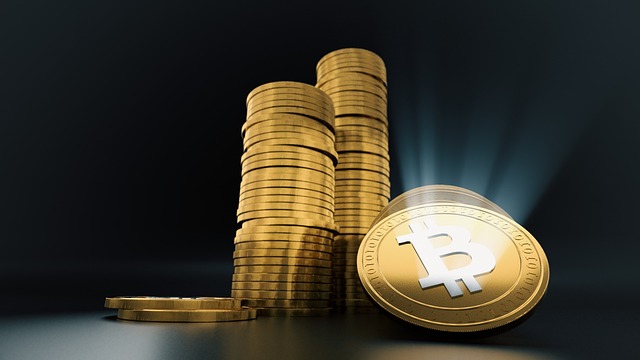Blockchain technology is revolutionizing the digital art world by facilitating the creation and trade of Non-Fungible Tokens (NFTs). Through its decentralized structure, blockchain ensures transparency, security, and ownership verification, gaining trust in the art community. The global NFT art market's growth is driven by increasing blockchain adoption, particularly in North America, Europe, and Asia. Top platforms like OpenSea, Rarible, and Foundation are leading this shift, offering artists and collectors transparent, secure, and user-friendly environments. While environmental concerns and regulatory uncertainty persist, the future looks bright for NFT art as technological advancements and collaborations drive its mainstream acceptance and expansion.
“The world of art is experiencing a revolutionary shift with the emergence of NFT (Non-Fungible Tokens) as a new digital frontier. This article delves into the dynamic landscape of the NFT art market, exploring its foundation in blockchain technology and global adoption trends. We analyze the top platforms shaping this space, assess its impact on traditional art, and uncover both opportunities and challenges within this innovative sector. By examining blockchain adoption trends, we predict future prospects for this burgeoning NFT art market.”
- Blockchain Technology: The Foundation of NFT Art
- Global Adoption Trends in the NFT Market
- Top Platforms Driving NFT Art Sales
- Impact of NFT Art on Traditional Art World
- Challenges and Concerns in the NFT Space
- Future Prospects and Predictions for NFT Art Market
Blockchain Technology: The Foundation of NFT Art
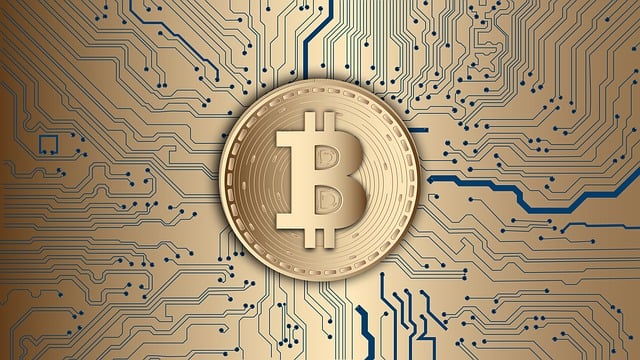
Blockchain technology serves as the bedrock upon which Non-Fungible Tokens (NFTs) are built, revolutionizing the art world by providing a transparent and secure way to own and trade digital art. This decentralized system ensures that each NFT’s ownership and authenticity can be verified, fostering trust among artists and collectors alike. The blockchain adoption trends in the NFT art market showcase a growing acceptance of this technology as a legitimate and innovative approach to digital asset management.
Artists are increasingly utilizing smart contracts and blockchain platforms to mint their creations as NFTs, giving them control over their work’s distribution and value. This shift has led to a surge in unique digital art forms, attracting both traditional art enthusiasts and tech-savvy investors. The transparency of blockchain records ensures that every transaction is traceable, adding credibility to the entire NFT ecosystem.
Global Adoption Trends in the NFT Market
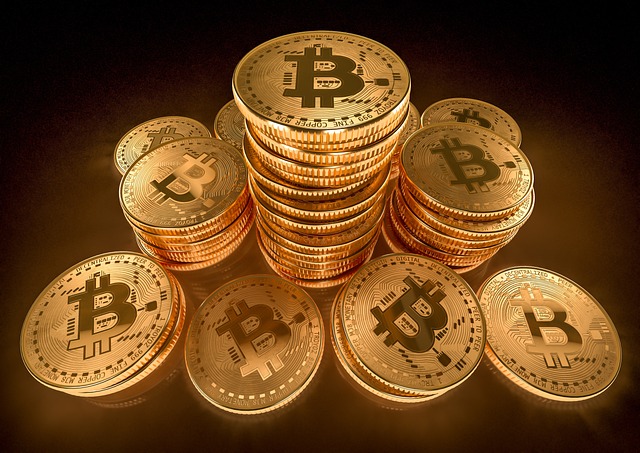
The global NFT art market has witnessed a significant surge in popularity, driven by rising blockchain adoption trends. As more artists, collectors, and investors explore the potential of non-fungible tokens (NFTs), we see a dynamic shift towards digital ownership and unique, verifiable assets. This trend is evident across various regions, with prominent hubs like North America, Europe, and Asia leading the charge in terms of both trading volume and innovation.
Blockchain adoption trends play a pivotal role in this evolution. The decentralized nature of blockchain technology ensures transparency, security, and immutability, addressing long-standing concerns in the art world regarding provenance and ownership. As a result, NFT markets are attracting a diverse range of participants, from established artists looking to monetize their digital creations to enthusiasts who see NFTs as a revolutionary way to support and engage with art on a global scale.
Top Platforms Driving NFT Art Sales
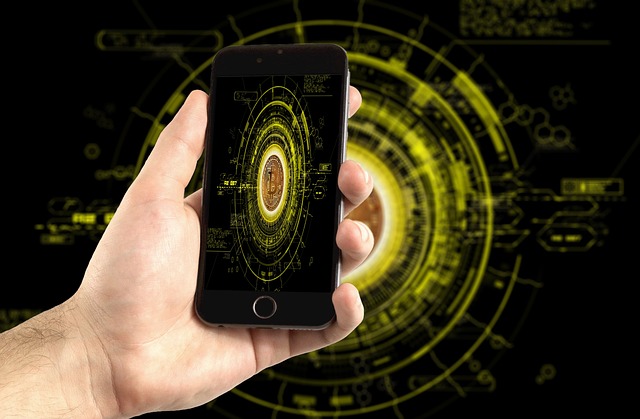
The top platforms driving NFT art sales are directly influenced by blockchain adoption trends, highlighting the evolving digital art landscape. OpenSea stands out as a dominant player, handling a significant portion of global NFT transactions. Its user-friendly interface and robust marketplace infrastructure make it accessible to both seasoned collectors and newcomers. Additionally, platforms like Rarible and Foundation have gained traction among artists and enthusiasts alike, offering unique features such as community governance and royalty streams for creators.
These platforms leverage blockchain technology to provide transparency, security, and ownership verification for digital art. The decentralized nature of blockchains ensures that artists maintain control over their creations, fostering a new era of artistic expression and economic opportunity. As blockchain adoption trends continue to grow, we can expect these platforms to adapt and innovate, further solidifying their roles in the global NFT art market.
Impact of NFT Art on Traditional Art World

The emergence of NFT art has undeniably disrupted the traditional art world, as artists and collectors alike embrace blockchain adoption trends. This digital revolution has opened new avenues for artistic expression, challenging the exclusivity and ownership models long associated with fine art. With NFTs, artists can directly connect with their audience, ensuring transparency in sales and retaining a larger share of profits. As a result, we’re witnessing a democratization of the art market, where creativity is valued regardless of traditional barriers like medium or geographical location.
The impact extends beyond financial implications. NFT art challenges the very notion of art’s physicality, blurring the lines between digital and tangible possessions. This shift has sparked debates about the essence of art itself, but it also fosters a vibrant community among artists and enthusiasts who appreciate the unique opportunities presented by blockchain technology in shaping the future of artistic expression and ownership.
Challenges and Concerns in the NFT Space
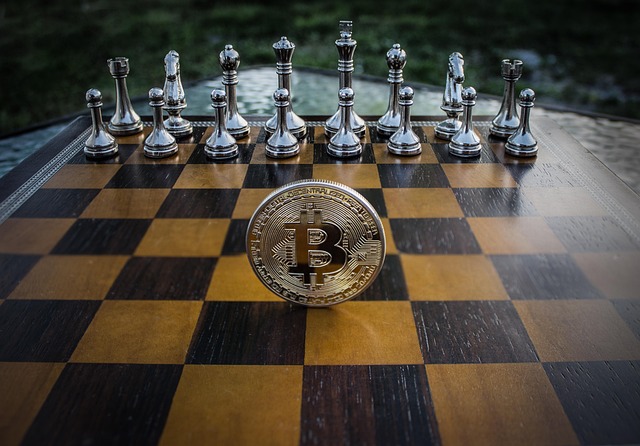
The NFT art market has gained significant traction, but it’s not without its challenges and concerns. One major issue is the environmental impact of blockchain technology, particularly with proof-of-work (PoW) blockchains like Ethereum. The energy consumption associated with minting, trading, and verifying NFTs raises sustainability questions, especially as the market continues to grow. This has led to a push for more environmentally friendly solutions, such as proof-of-stake (PoS) blockchains, which offer lower energy usage rates.
Another challenge is the lack of regulatory clarity. As NFT adoption trends rise, governments and financial institutions are still grappling with how to classify and regulate these digital assets. This uncertainty can create barriers for both creators and collectors, affecting market liquidity and investor confidence. Additionally, the potential for fraud, scams, and copyright infringement within the NFT space remains a significant concern, underscoring the need for robust security measures and clear intellectual property guidelines.
Future Prospects and Predictions for NFT Art Market
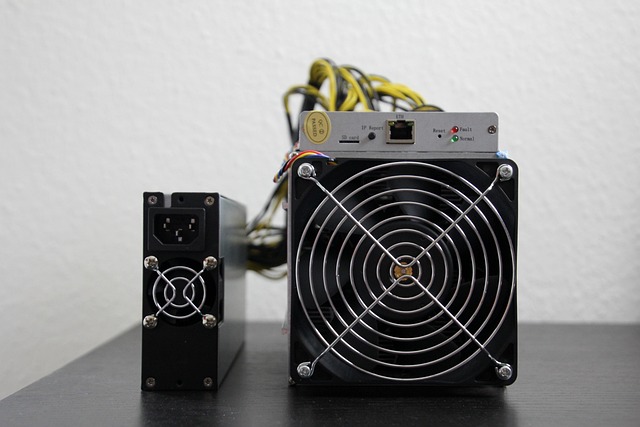
The future of the NFT art market looks promising, driven by escalating blockchain adoption trends. As more artists and collectors embrace NFTs as a legitimate form of digital ownership, we can expect to see continued growth in both the volume of transactions and the diversity of artwork offered. The underlying technology will play a pivotal role in shaping this evolution, with improvements in scalability, interoperability, and user-friendliness making NFT art more accessible and appealing to mainstream audiences.
Predictably, collaborations between traditional artists and blockchain enthusiasts will intensify, blending the best of both worlds. Moreover, we may witness the emergence of new business models, such as fractional ownership of NFTs, which could democratize access to high-value digital assets. This trend would not only open up opportunities for a wider range of participants but also enhance liquidity in the market. Ultimately, the NFT art market is poised to become a dynamic and globally connected space that redefines the way we perceive, collect, and interact with digital art.
The NFT art market, underpinned by blockchain technology, has experienced remarkable global adoption trends, with top platforms driving significant sales. While it poses challenges and concerns, its impact on the traditional art world is undeniable. As we look to the future, the NFT art market is poised for continued growth and evolution, offering exciting prospects that could reshape the way art is created, owned, and traded. Blockchain adoption trends will play a pivotal role in this transformative journey.
